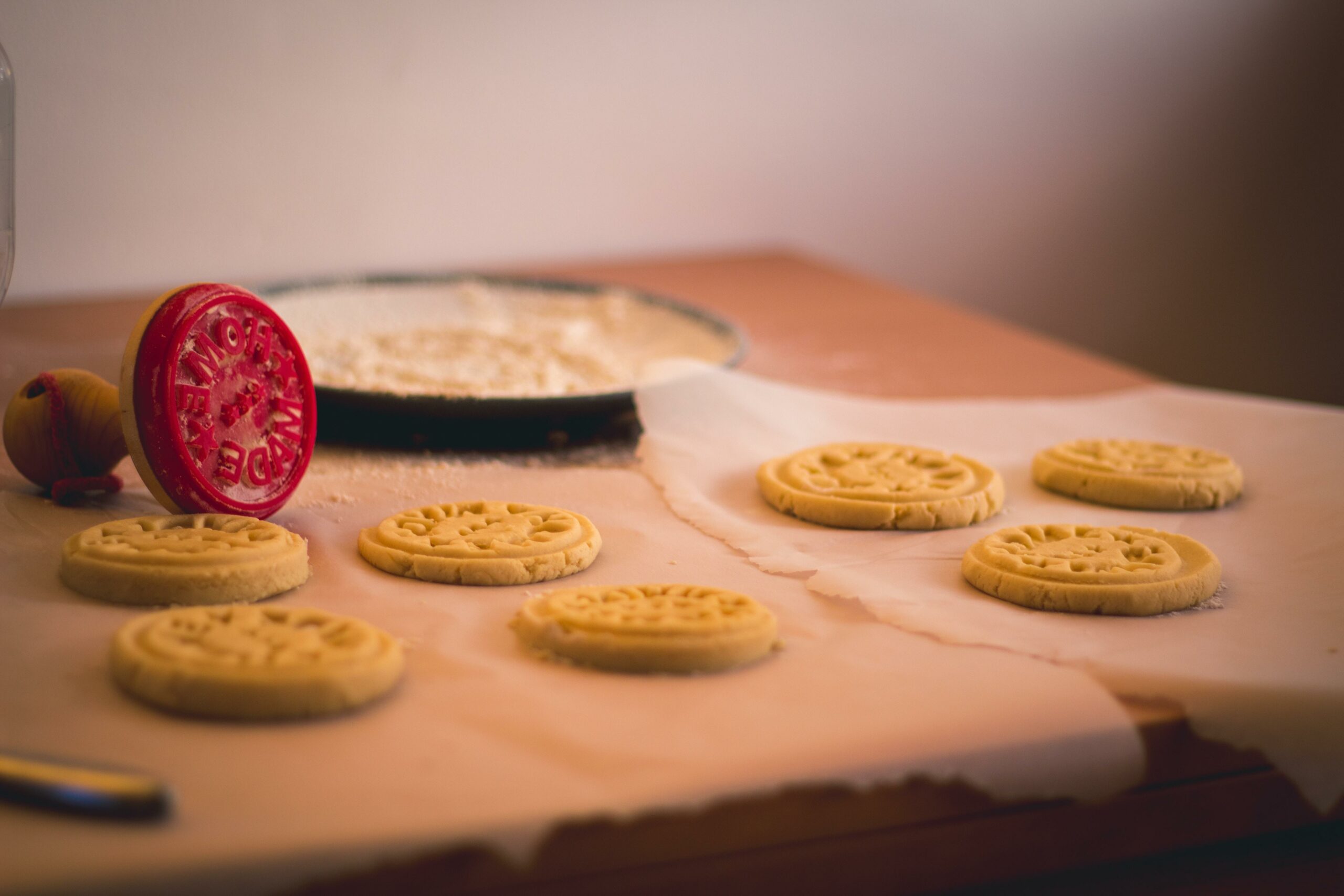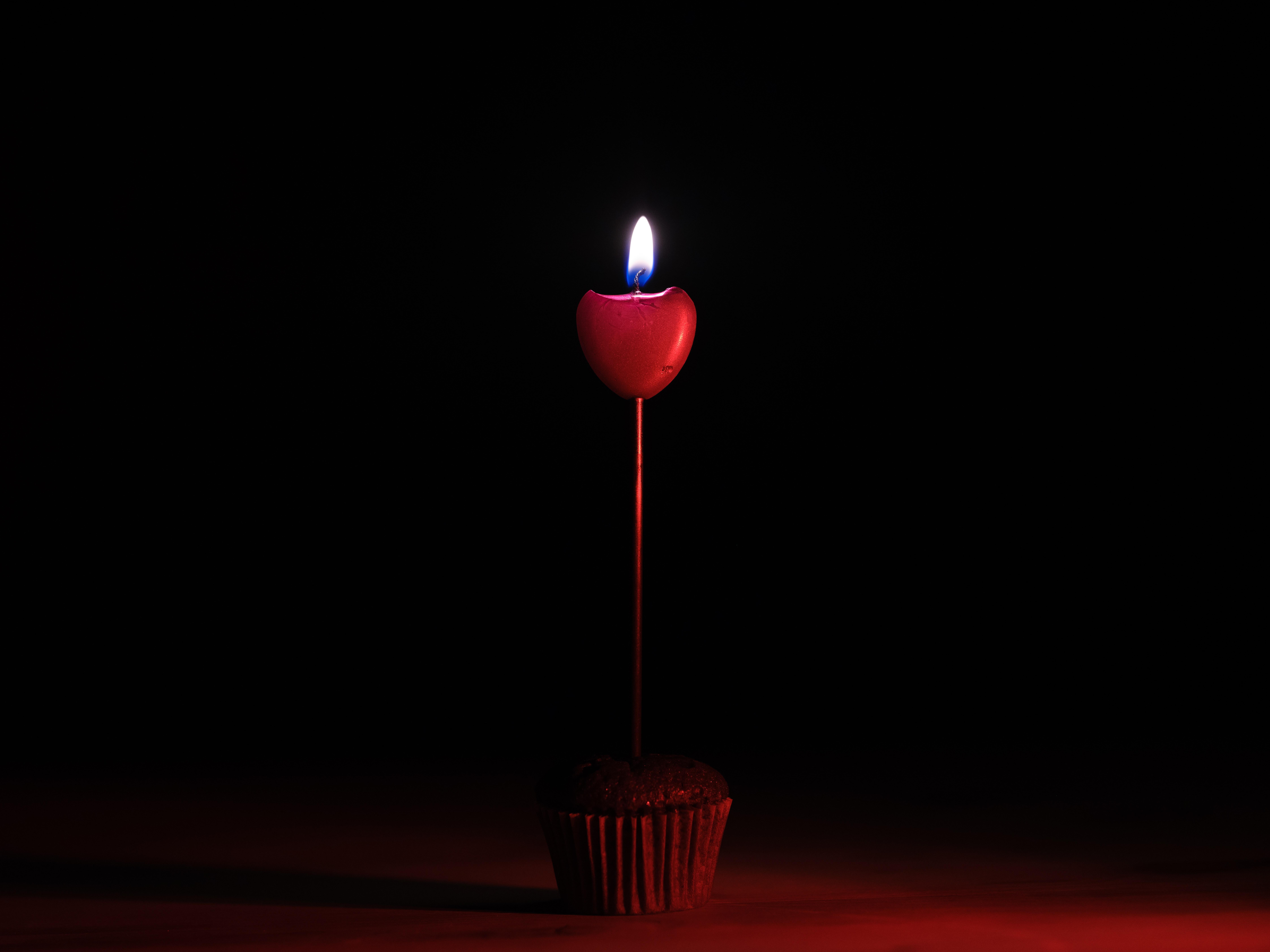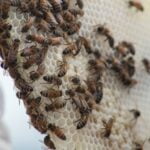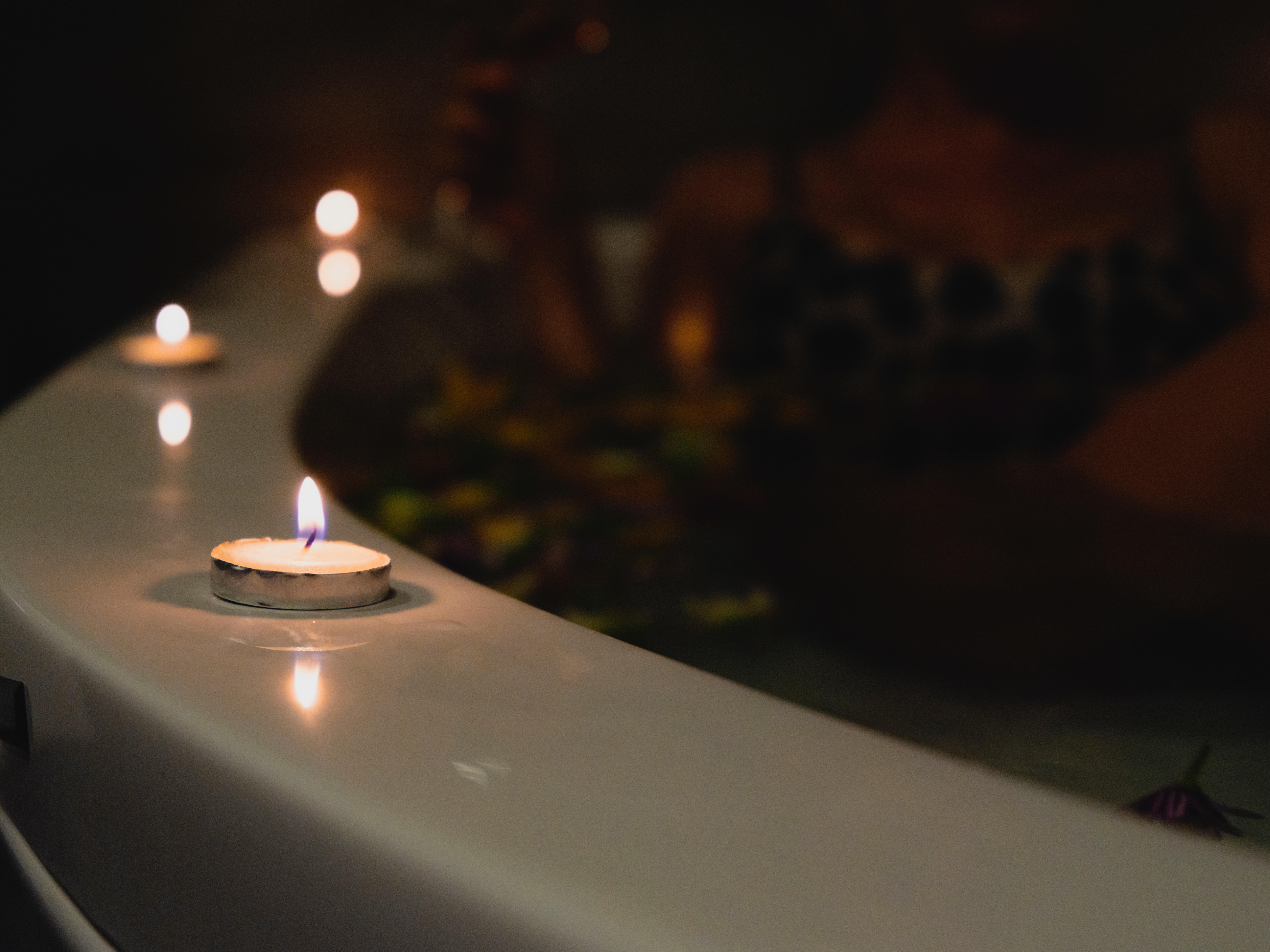Are you ready to embark on a journey into the enchanting realm of waxing gibbous? Brace yourself for a celestial adventure as we delve into the captivating world of lunar cycles and uncover intriguing facts about the mesmerizing waxing gibbous phase. From its significance in astrology to its impact on gardening and general moon observation, this article is your gateway to unraveling the mysteries of this enchanting lunar phenomenon. So fasten your seatbelts, for we are about to embark on a captivating exploration of waxing gibbous facts!
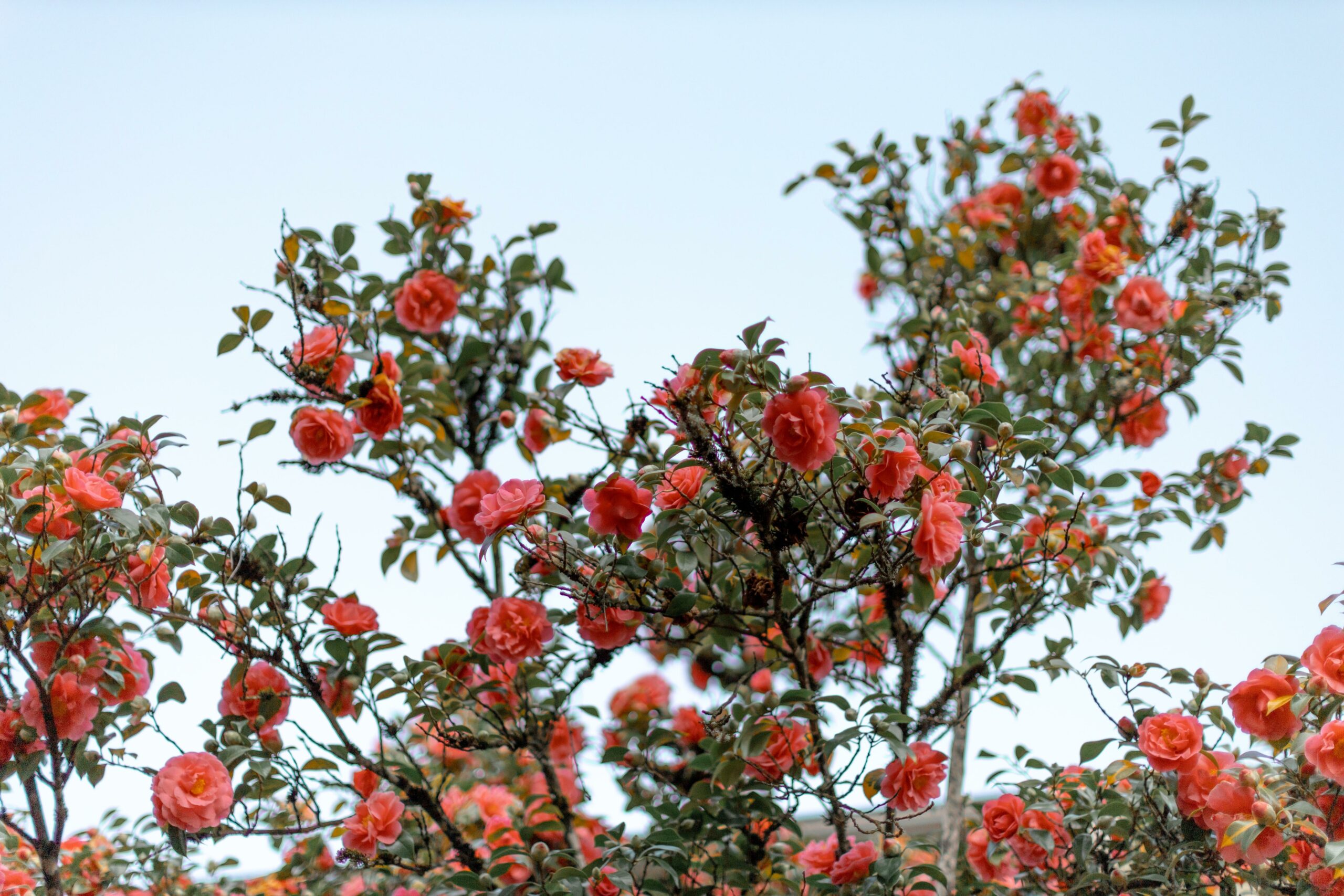
Waxing Gibbous Facts
The waxing gibbous moon – a mesmerizing phase in the lunar cycle that captivates both astronomers and astrology enthusiasts alike. With its growing illumination and unique position in the sky, the waxing gibbous moon holds a host of intriguing facts and significance. Let’s dive into the enchanting world of waxing gibbous and explore its secrets.
Curious about why it’s called “waxing gibbous”? Well, “waxing” refers to the moon’s illumination increasing, while “gibbous” refers to its shape – less than a full moon but more extensive than the semicircle of the third quarter. This phase occurs after the first quarter moon and right before the full moon, making it the fourth stage in the lunar cycle. It takes about 6 days on average, approximately 21.6% of the lunar month, for the waxing gibbous phase to complete its majestic display.
As the waxing gibbous moon graces the evening sky, its brilliance intensifies. The illuminated part of the moon grows from 50.1% to an astounding 99.9% during this phase. Just imagine witnessing the moonlight gradually painting the night canvas with its radiant glow! It’s a sight that evokes awe and wonder, connecting us to the vastness of the universe.
Ever wondered when the waxing gibbous moon makes its appearance? Unlike its predecessors, it rises after noon and reaches its highest point – transiting the meridian – after sunset. So, as twilight paints the sky with vibrant hues, the waxing gibbous moon takes center stage, casting its luminous charm on the world below. To further intensify its allure, the moon sets after midnight, providing the perfect backdrop for celestial enthusiasts and night owls alike.
Now, let’s talk temperatures – prepare to be amazed by the extremes! On the illuminated side, the surface temperature of the waxing gibbous moon can reach scorching levels, soaring up to 250°F (121°C). On the other hand, the unilluminated side experiences frigid cold, plummeting to an astonishing -238°F (-150°C). It’s a stark contrast that showcases the wild temperature fluctuations experienced by our lunar companion.
If you seek astrological connections, the waxing gibbous moon has you covered. This phase is associated with the zodiac signs of Cancer, Leo, and Virgo. Astrology enthusiasts believe that the waxing gibbous moon’s energy aligns with the qualities and traits symbolized by these signs. So, if you’re a believer in the cosmic influence of the moon on our lives, keep an eye out for the waxing gibbous phase and see how it resonates with you.
In conclusion, the waxing gibbous moon provides a captivating glimpse into the wonders of the lunar cycle. From its increasing illumination and distinctive position in the sky to its association with zodiac signs, this phase leaves us in awe of the celestial sphere. Whether you’re an astronomy enthusiast, astrology lover, or simply intrigued by the mysteries of the moon, the waxing gibbous phase invites you to explore, observe, and connect with the captivating world above us.
“Like a mesmerizing performer taking the stage, the waxing gibbous moon enchants us with its growing brilliance, captivating our senses and igniting our curiosity.”
To uncover fascinating facts about waxing gibbous, click here: facts about waxing gibbous. This lunar phase, known for its illuminated curve, holds a bewitching allure for skywatchers and astronomers alike. Dive deep into the captivating phenomenon of waxing gibbous and explore its mesmerizing features. From the gradual increase in brightness to the intricate shadows cast on the lunar surface, there is much to discover and appreciate. Prepare to be enchanted as you embark on a journey to unravel the mysteries of waxing gibbous.
FAQ
What is the waxing gibbous moon?
The waxing gibbous moon is the fourth stage of the lunar cycle, occurring after the First Quarter Moon and before a Full Moon. During this phase, the lit-up part of the moon grows from 50.1% to 99.9%.
How long does the waxing gibbous phase last?
On average, the waxing gibbous phase takes about 6 days, which is approximately 21.6% of the lunar month.
When does the waxing gibbous moon rise and set?
The waxing gibbous moon rises after noon, transits the meridian after sunset, and sets after midnight.
What is the shape of the waxing gibbous moon?
The waxing gibbous moon has a shape that is less than a Full Moon but more extensive than the semicircle of the Third Quarter Moon.
What are the zodiac signs associated with the waxing gibbous moon?
The waxing gibbous moon is associated with the zodiac signs of Cancer, Leo, and Virgo.
- Unveiling the Enigma: Mansoureh Khojasteh Bagherzadeh’s Public Appearances & Private Life in Iran - July 18, 2025
- Unveiling the Mystery: Mansoureh Khojasteh Bagherzadeh’s Husband: A Rare Glimpse into a Private Life - July 18, 2025
- Unveiling Masoud Khamenei’s Mother: Power, Influence, and Iran’s Future - July 18, 2025
